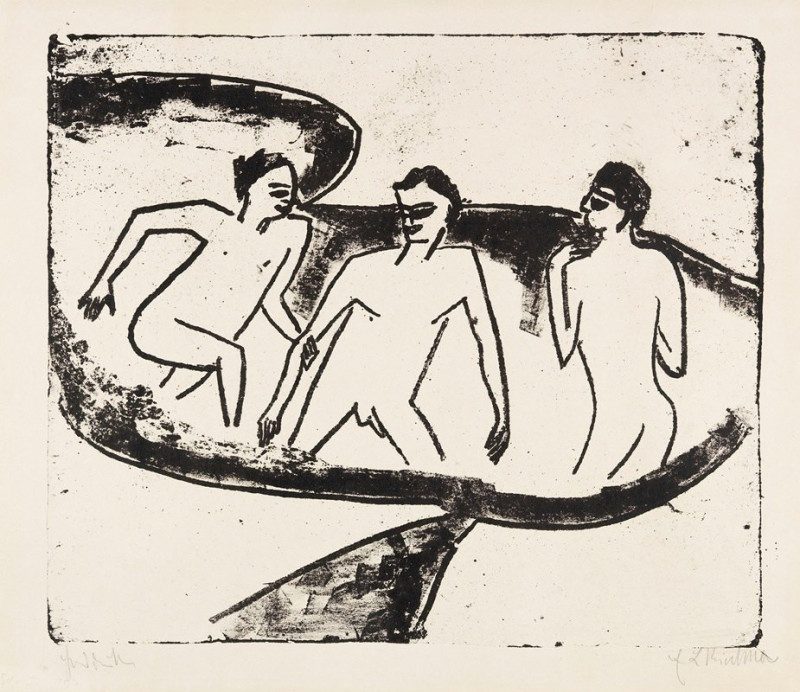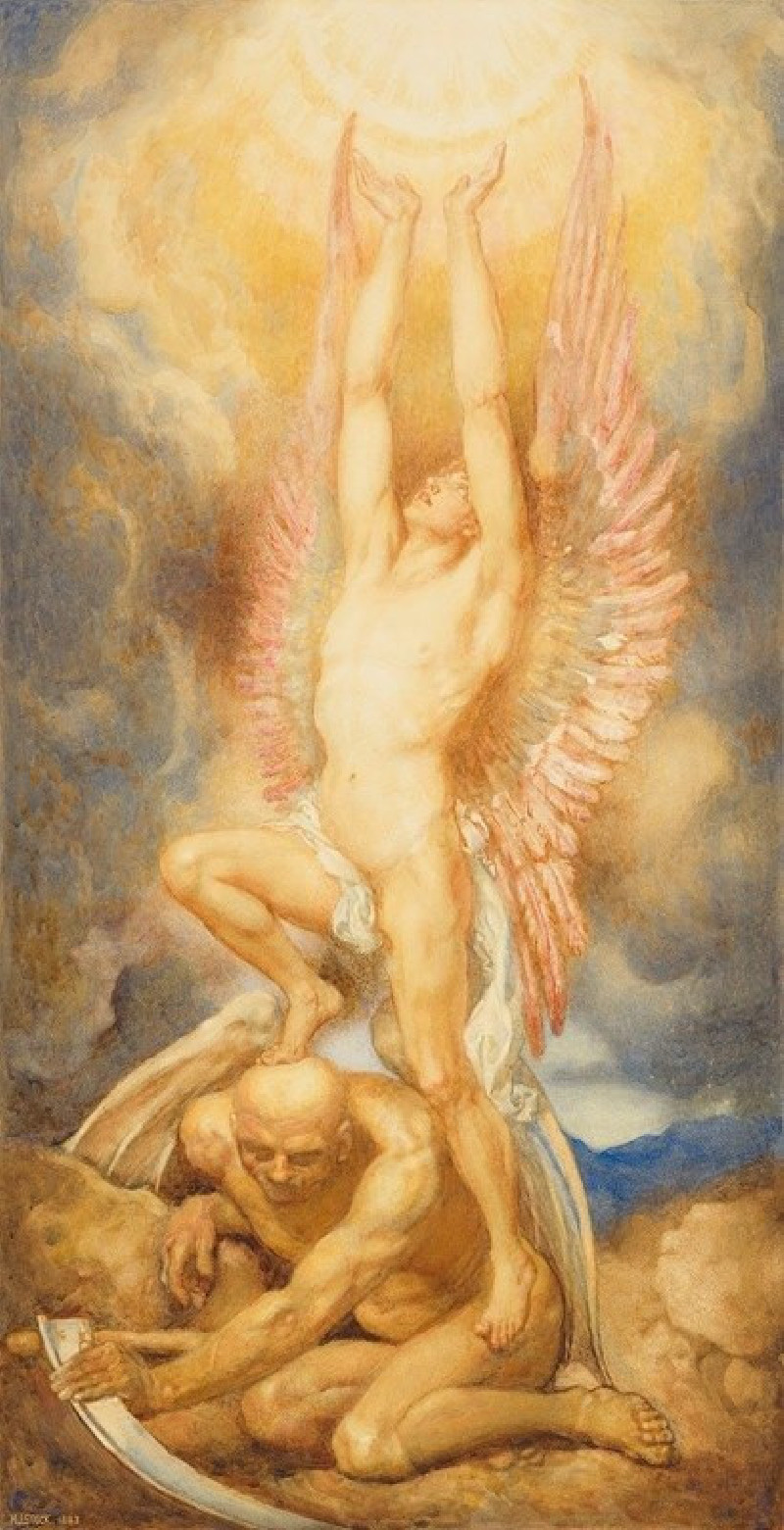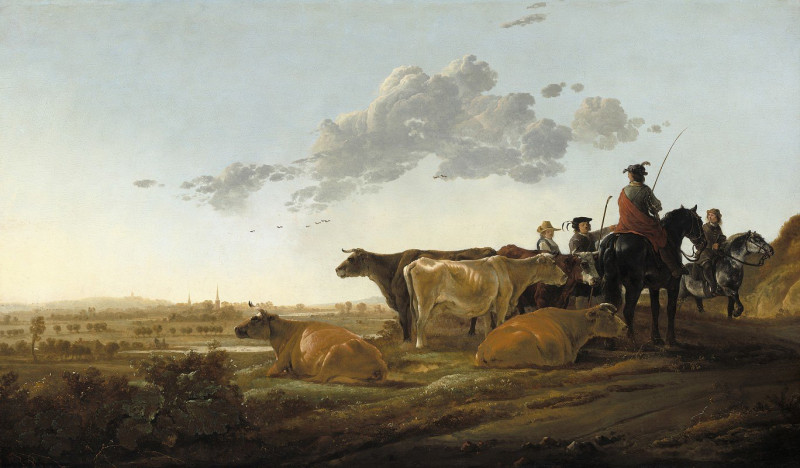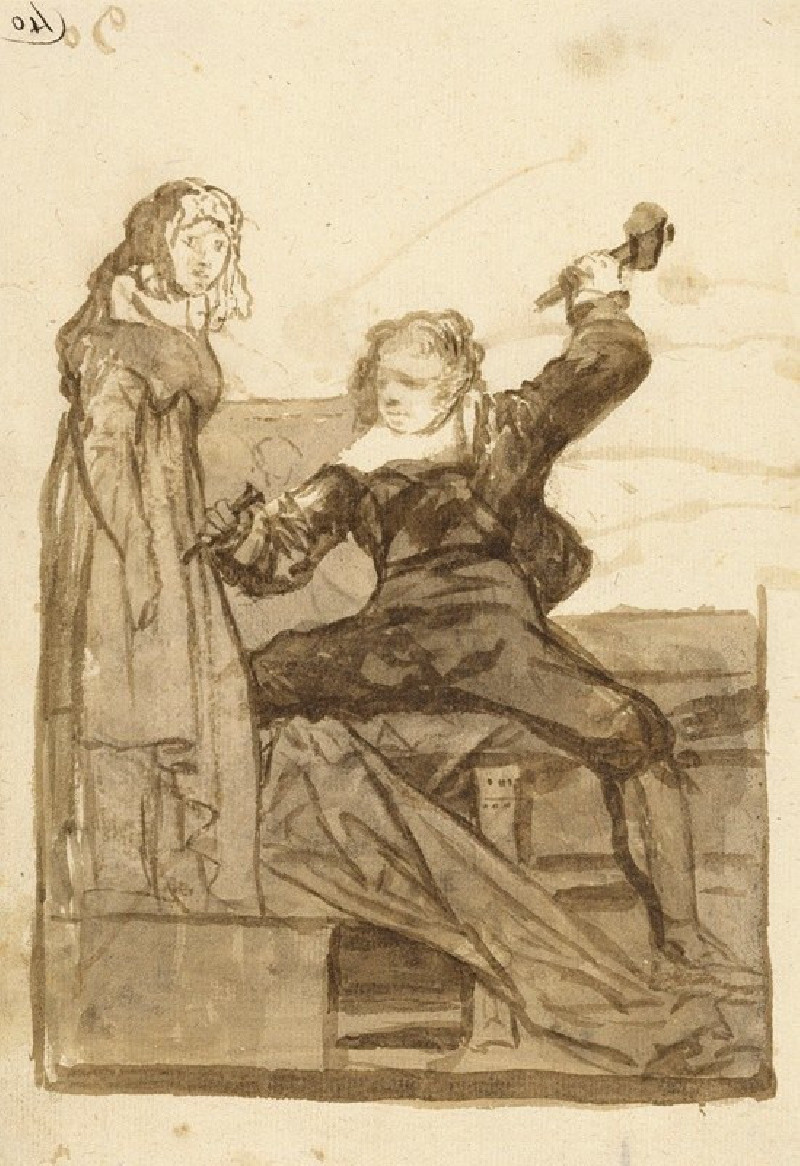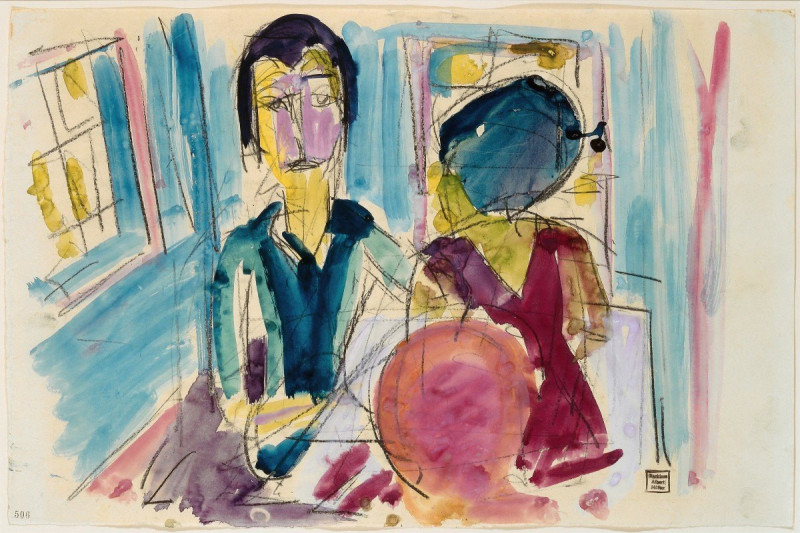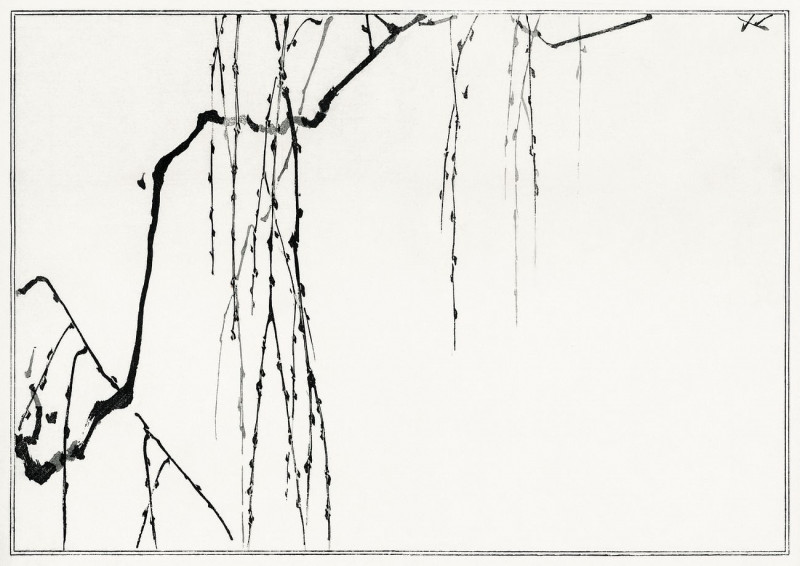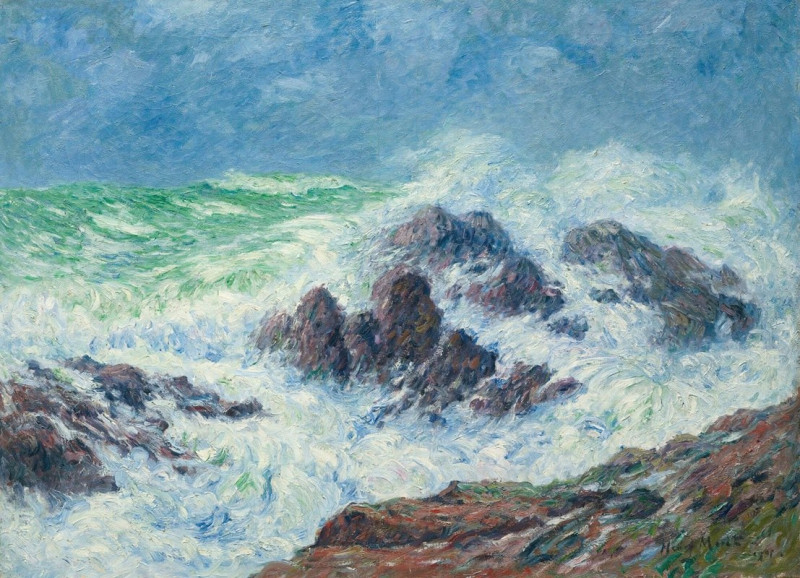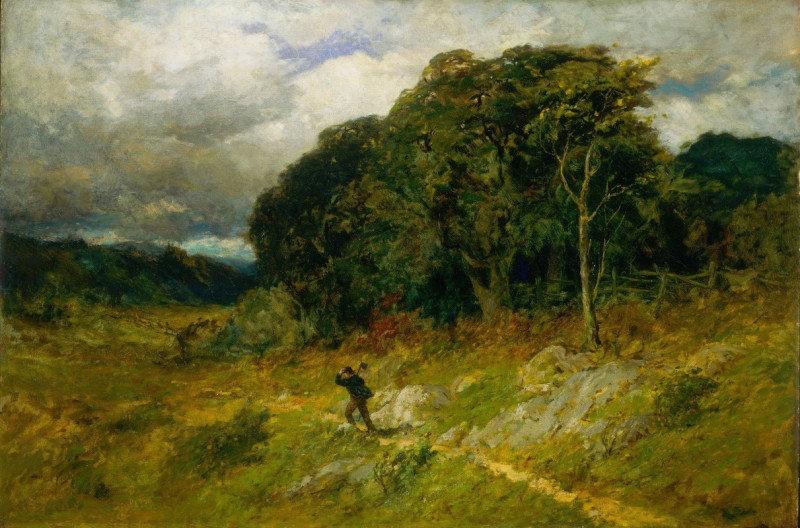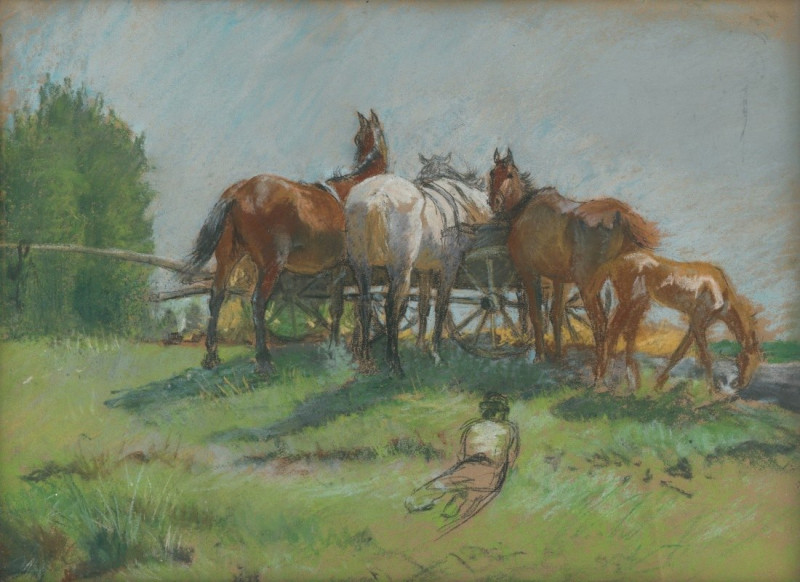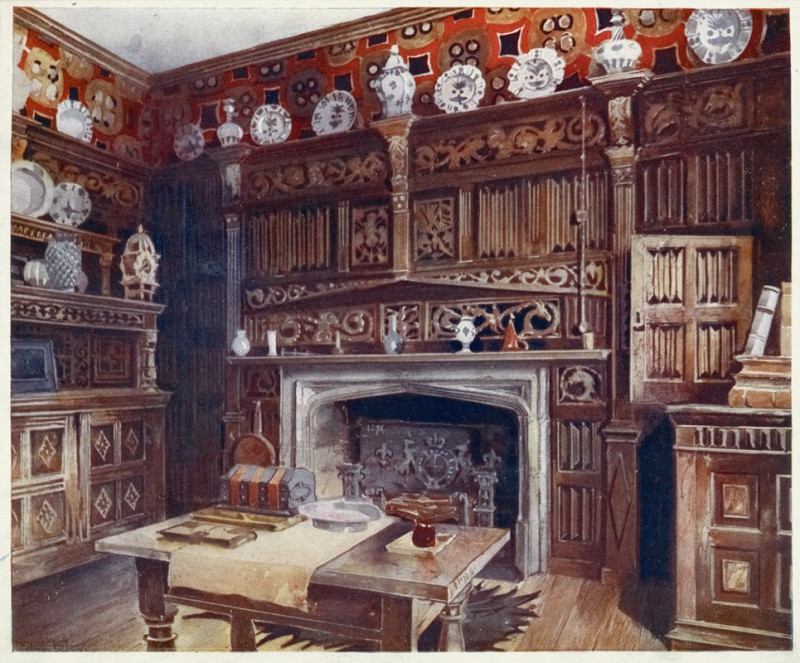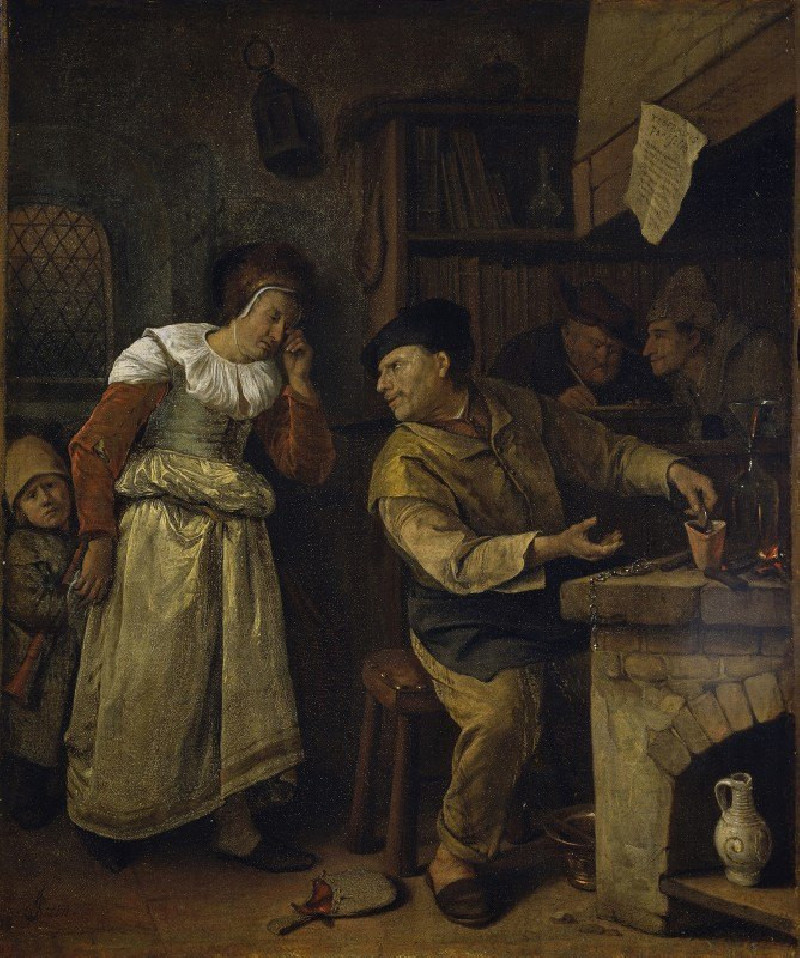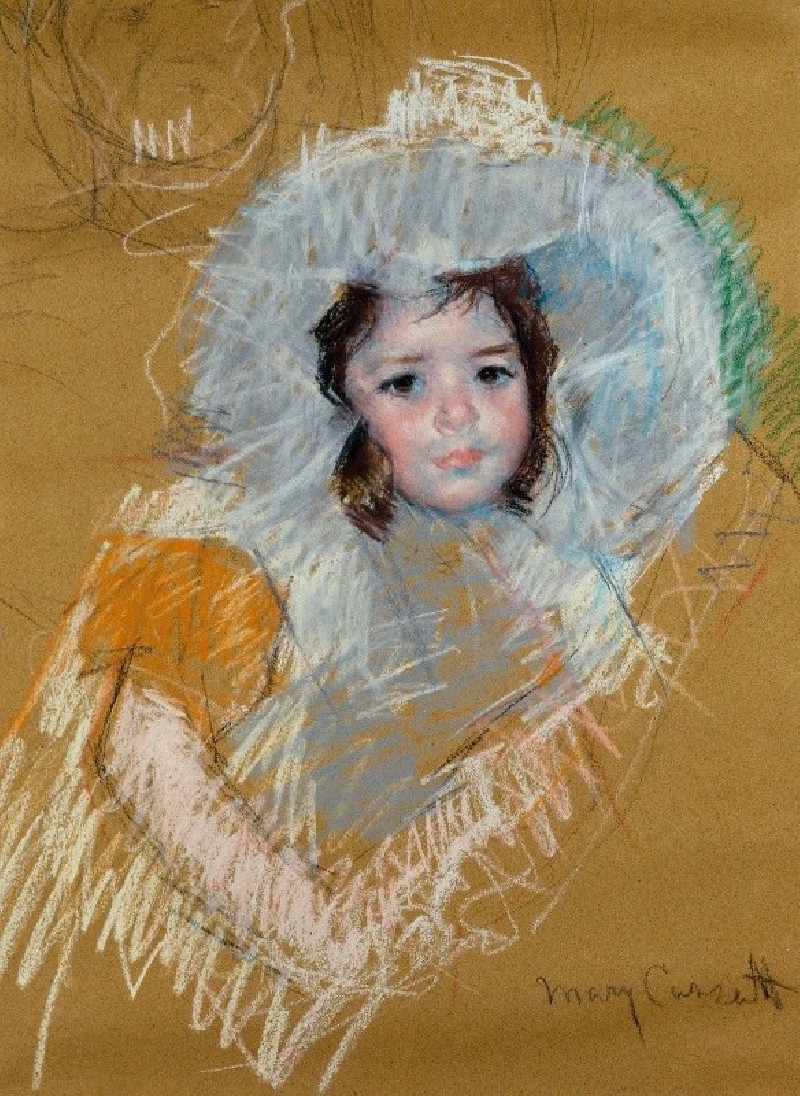Drei Akte im Wasser, Moritzburg (1910)
Technique: Giclée quality print
Recommended by our customers
More about this artwork
Ernst Ludwig Kirchner's expressionist masterpiece, "Drei Akte im Wasser, Moritzburg" (Three Nudes in Water, Moritzburg), created in 1910, is a quintessential piece that reflects the bold and dynamic aspects of the German Expressionist movement. This artwork, skillfully composed in Kirchner’s resonant and dramatic style, vividly captures an avant-garde interpretation of three figures bathed in natural settings.The scene takes place possibly in a lake near Moritzburg where Kirchner and his peers often retreated, fostering a deep connection with nature as part of their artistic exploration. The three figures are rendered with exaggerated, angular forms, conveying movement and the raw energy of their youthful vitality. The stark contrasts of black and white enhance the figures' dynamic postures and accentuate the fluidity of water surrounding them, emphasizing Kirchner’s interest in depicting the harmonious interaction between humans and their environments.Kirchner’s depiction bypasses detailed realism in favor of emotional resonance, inviting viewers to experience the work through the lens of mood and atmosphere rather than through the clarity of detail. This piece is not merely a portrayal of figures in a landscape but a compelling narrative of freedom, closeness to nature, and the breaking away from conventional norms—themes that remain recurrent in Kirchner’s expressionist oeuvre.
Delivery
Returns
Ernst Ludwig Kirchner (1880–1938) was one of the most important German Expressionist painters. He was a co-founder of Die Brücke, a group of German expressionist artists formed in Dresden in 1905. Die Brücke and Kirchner took inspiration from Vincent Van Gogh and Edvard Munch, as well as African and Oceanic art. They used woodblock printing as a medium to showcase their signature style: flat, unrealistic images with vivid colors. The recurring themes in Kirchner's artworks included exotic cultures, faraway landscapes, self-portraits, dancers and Berlin street life. His paintings and prints effectively portrayed non-European cultures despite the fact that he never traveled outside of Europe.

